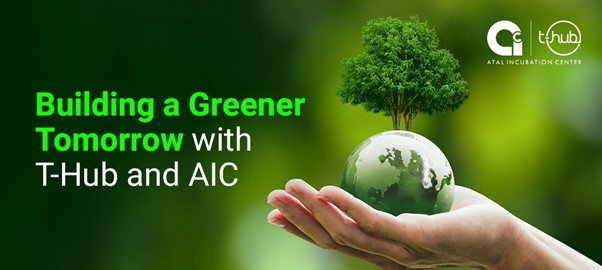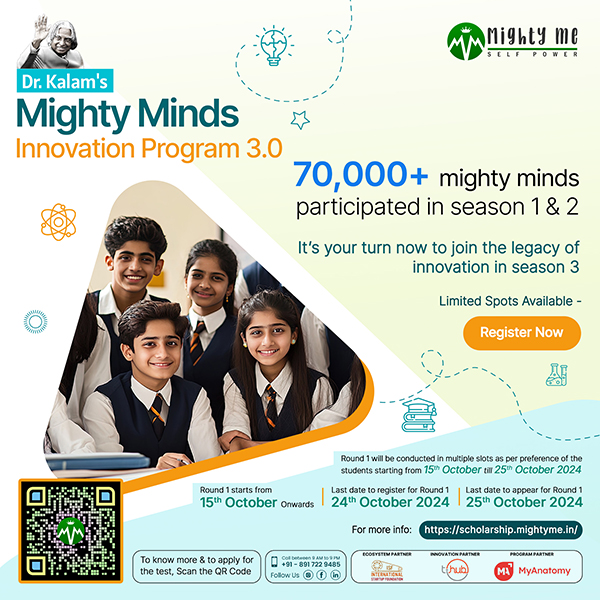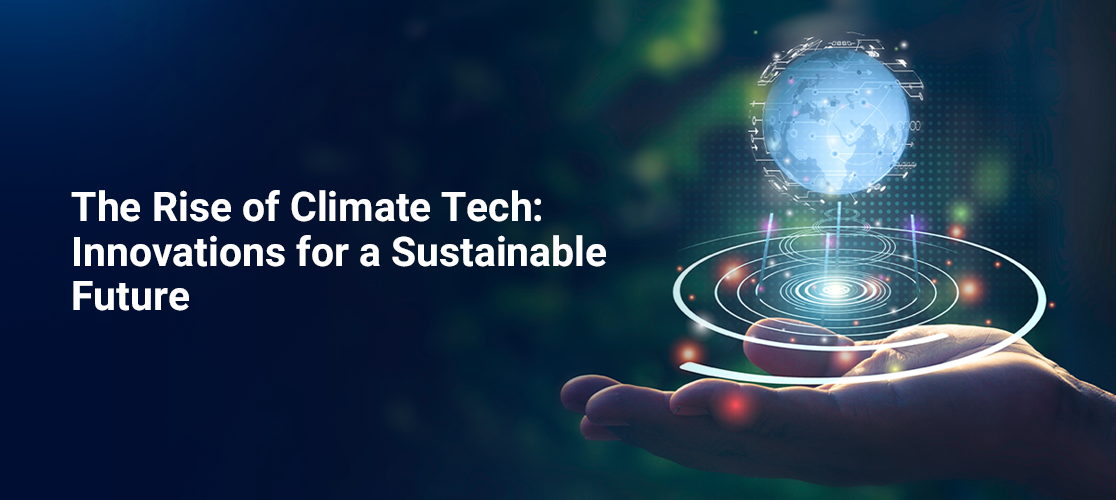Amidst the urgent challenges posed by climate change, resource depletion and pollution,prioritising sustainability becomes imperative. Sustainability, which incorporates environmental,social and economic dimensions, guarantees that we satisfy current requirements withoutaffecting future generations.Every individual, enterprise and governmental body bears responsibility for forging a more environmentally friendly future, where we preserve a flourishing planet for posterity. In this global endeavour, India emerges as a responsible contributor with T-Hub and AIC taking the lead. These entities act as catalysts, accelerating the development and deployment of circular economy solutions, for a greener tomorrow.

Global waste generation is projected to rise to 46 billion tonnes by the year 2050. with only a fraction currently undergoing effective recycling. To address these challenges, investment in infrastructure, heightened public awareness and incentivisation of responsible waste management practices are imperative.
Climate change, marked by a current global average temperature increase of 1.1°C from pre- industrial levels and anticipated to escalate further, poses a grave danger. Resource depletion, which is growing at an alarming rate with material consumption tripling since 1970 and projected to double by 2050, exerts significant pressure on vital resources. This unsustainable model is compounded by widespread pollution, evident in the staggering accumulation of an estimated 19-23 million tonnes of plastic waste leaks in the oceans annually. Maximising resource efficiency through a circular economy The circular economy advocates for the maximisation of resource use by prolonging the useful life of products and by recycling materials. The approach contrasts sharply with the linea model, emphasising the following key principles:
- Reuse: Extending the lifespan of existing products through repair, refurbishment or repurposing.
- Recycle: Transforming waste materials into new products to establish a closed-loop system.
- Refurbishment: Restoring used products to a condition.
- Re-manufacturing: Disassembling used products to recover materials for creating new ones.
- Composting: Converting organic waste into nutrient-rich soil amendment.
- Advancing sustainable practices
By adhering to these principles, the circular economy presents several significant advantages:
Reduced Environmental Impact: Through waste minimisation and reduced resource extraction, the circular economy contributes to climate change mitigation, biodiversity conservation and pollution reduction.
Enhanced Resource Efficiency: By promoting the efficient use of resources, the circular economy extends their lifespan and decreases the necessity for new material extraction.
Stimulated Economic Growth: Innovation and new business opportunities, particularly in repair, refurbishment and recycling sectors, are fostered by the circular economy. Recycling Waste
Efficient waste management stands as a cornerstone of the circular economy. Through the
segregation of waste at its source and the establishment of robust recycling systems, we can
significantly mitigate the volume of materials destined for landfills.
Segregation: The process of separating various types of waste at the point of origin, such as
paper, plastic, glass and metal, facilitates streamlined recycling and ensures material purity. The worldwide plastic recycling market, which recorded a value of USD48.9 billion in 2022, is forecast to reach a revised figure of USD 86.7 billion by 2030. The market demonstrates strong growth, exhibiting a notable compound annual growth rate (CAGR) of 7.4 per cent from 2022 to 2030.
Recycling: Recycling entails the transformation of waste materials into new products, establishing a closed-loop system and diminishing the reliance on virgin resources. For instance, recycling one aluminum can will conserve enough energy to power a television for three days or is equivalent to i.8 litre of gasoline. Moving to a circular economy Given India’s expanding population and increasing resource use, adopting the principles of a circular economy is essential for a more circular economy: The National Mission on Sustainable Habitat (NMSH) seeks to advocate sustainable urban development practices, encompassing efficient waste management and resource use.
- The Swachh Bharat Mission (Clean India Mission) concentrates on enhancing sanitation and waste management nationwide, emphasising waste segregation and treatment.
- The Promotion of Resource Efficiency: the Indian government promotes resource efficiency through initiatives, such as the Perform, Achieve and Trade (PAT) scheme, which provides incentives to industries for reducing their energy consumption.
T-Hub, renowned as India’s premier innovation hub, plays a pivotal role in nurturing startups dedicated to advancing the principles of a circular economy. Through initiatives like the AIC Sustainability Program, T-Hub facilitates the access to mentorship, funding and networking opportunities for startups, fostering the development and scalability of innovative solutions. With a funding of INR 250 lakhs, T-Hub helps develop solutions in waste management, renewable energy, and sustainable agriculture. In this way, impactful businesses contribute to the establishment of a circular economy.
AIC (Atal Innovation Mission), an initiative by the Government of India, focuses on fostering innovation and entrepreneurship across various sectors, with a special emphasis on sustainability. Through collaborations with innovation hubs, such as T-Hub, AIC extends crucial support to startups engaged in circular economy solutions. The support includes provision of incubation space, funding opportunities and access to industry expertise. Such collaborative endeavors expedite the progress and implementation of circular economy solutions. Transitioning to a circular economy model demands collective efforts from governments, businesses and individuals. It offers a transformative approach to resource management, providing a pathway towards a more sustainable future for India. Leveraging the combined efforts of government initiatives, innovative hubs and individual contributions, India can accelerate its transition towards sustainable practices.








